Studio Skillset: Guitar and Bass Setups Part 1—Neck Adjustment and Action
A well set-up guitar or bass is a joy to play and to record. But a poorly looked-after instrument can bring a tracking date to a grind. This week, learn how to save a session with a pocketful of Allen wrenches.
Aside from bad playing, nothing can rob a guitar or bass of its tone like a bad setup. Although there’s not a lot we can do about how many hours a player spends practicing, we can offer a few easy tips that may help you quickly fix some common session-halting issues.
To learn how to successfully tweak a stringed instrument mid-session, it’s important to know the basics of what goes into a setup. For the purposes of this article, we’ll focus on just two aspects: the “action” (the height of the strings from the fingerboard), and the “intonation” (the minute adjustment of each string’s length for optimal tuning).
In order to bring these two factors under control, we’ll look at the two easiest and most powerful places where they can be adjusted: At the neck, using the instrument’s “truss-rod”, and at the bridge of an electric guitar or bass, using the individual saddles.
To get started, all you’ll need is a set of Allen wrenches (inch-scale for American guitars, and metric for imports), a small Phillips-heads screwdriver, and a guitar tuner.
While adjusting the neck can be more daunting to a novice, with a little care, it’s actually quite simple. If the neck is already in good shape, this step can often be bypassed. However, you’ll only know if it is by checking it out, so we’ll begin by learning what to look for.
NECKING: GET SOME ACTION
I worked through college, selling and repairing guitars at a local shop. Oftentimes, customers – even ones who had been playing for years – would say things like: “I love this guitar, it has great action”, or its inverse: “I don’t really like that guitar at all, the action is way too high”.
The neck of a guitar or bass is under constant pressure throughout its life. Even the lightweight strings of an electric apply nearly 200 pounds of steady pull, day and night. This is more than any suitable slab of maple or mahogany can handle on its own, so the necks of steel-string guitars are generally reinforced with an adjustable steel rod.
This “truss rod” can be gently tweaked to provide the perfect relief. If it’s set too loosely, providing too much relief, you’ll end up with a neck that bows toward the pull of the strings (known as “up-bow”), leaving us with action that is high, stiff, and unresponsive.
If the nut of the truss rod is tightened too much, we instead end up with a neck that’s too straight, or worse: back-bowed. This makes for strings that are so low to the fingerboard that dead frets and buzzy notes result.
Further compromising things, a neck that’s out of alignment can effect a guitar’s intonation, undoing the fine calibrations previously applied at the instrument’s bridge.
INSPECT THE NECK
The first step in fixing a fretted instrument’s action or intonation is seeing if the neck needs adjustment. To get a good read on the neck’s relief, we need to take the nut and the bridge out of the equation and just look at the curve of the neck itself.
To do this, fret the instrument’s lowest string at both the 1st-fret and the 17th-fret. This effectively turns the string into a straight-edge ruler, bypasses both the nut and bridge, and provides a gap we can measure to check the relief. If we look at the gap between the fingerboard and the string at the 7th fret, we can get a good feel for how much the neck curves against this straight string.
If your neck has ideal relief, you’ll be able to just barely slide a thick guitar pick between the double-fretted string and the top of the 7th-fret (This amounts to a little more than 1mm or just under .05 inches). If you have a bigger gap than this, the neck can be straightened by tightening the nut of the truss rod.
However, if the string is so close that it touches the top of the 7th fret, your neck is either too straight, or worse, it’s back-bowed. In this case, you’ll need to loosen the truss rod’s nut to provide a little relief and eliminate buzzing.
(Authors Note: Holding the guitar up and looking down the length of the neck can make humps and warps in the fingerboard more evident – But, since fingerboards rarely have a symmetrical radius by design, you’re unlikely to know what you’re looking for until you’ve seen a lot of them.
Furthermore, fixing these rare and advanced issues is beyond the scope of this primer. For our quick and easy tweaks, the two-fret method we’ve already described is preferred.)
ADJUST THE TRUSS
If you’ve discovered that your neck is in good shape, with a healthy amount of relief and a little gap at the 7th fret, then congratulations! It’s time to move on to the bridge. If things aren’t going according to plan, it’s time to make a minor tweak to the truss rod.
The first thing to do is to find the nut that allows you to adjust the truss rod. On many electric guitars, the truss rod’s access point is located in the headstock, just above the string nut.
On Gibsons, this is hidden behind a little black plastic plate named, aptly enough, the “truss rod cover”. On modern Fenders, it’s recessed inside a small hole. Note that you may want to take the middle strings out of their slots to provide unfettered access to the truss rod nut.
(Author’s Note: If you have an older guitar like a 60’s Fender or reissue, you may find that the truss rod nut is located at the base of the neck, hidden where it meets the body.
Adjusting this type requires that you loosen the strings until they’re entirely floppy, place a capo at the first fret, and unscrew the neck plate, allowing you to remove the neck from the body. This type of truss rod often requires a Phillips-head screwdriver to adjust, rather than the traditional hexagonal Allen keys.)
Before inserting your Allen key and adjusting the rod, be aware that we’ll be making very small adjustments. An eighth or a quarter of a turn is usually enough. It’s very rare that you’ll need a half or full turn to bring a neck back into alignment.
Important: Never force the truss rod. If the truss rod is difficult to turn, or if you hear squeaking, cracking or creaking, Stop! This means that the rod is already tightened to its maximum, and any further turns will risk breaking it.
Provided that the rod is turning smoothly, and you have the right-sized key for the job, all you need to do is tweak. If your strings are too high (up-bow), turn the nut clockwise. If your strings are too low (too straight or back-bow), turn counter-clockwise. That’s it!
As mentioned, just start with a 1/8th or 1/4th turn. After each adjustment, be sure to re-tune your guitar, or you might go too far and miss your mark! This is because tightening the truss rod also tightens the strings, raising their pitch and increasing their pull on the neck. By the time you tune them back down to pitch, you may find that any remaining excess bowing has corrected itself. (The inverse is true for loosening the rod.)
Unless you’re dealing with a very old or out-of-whack instrument, adjusting the truss rod is a pretty safe and painless procedure. That said, the middle of a tense session and a player’s prized instrument don’t make for an ideal scenario for your first attempt! As with anything, you’ll improve with practice. Acquiring a junky guitar to restore to health is a good way to gain confidence, fast.
Tune in next week for Part 2 when we learn to quickly and easily fix intonation issues that can rob a guitar or bass of power, sweetness, and clarity.
Justin Colletti is a Brooklyn-based producer/engineer who works with uncommon artists, and a journalist who writes about music and how we make it. Visit him at http://www.justincolletti.com.
Please note: When you buy products through links on this page, we may earn an affiliate commission.







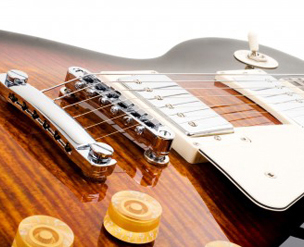
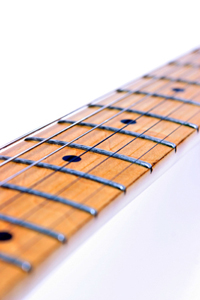
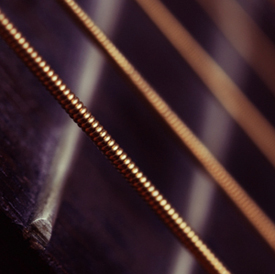
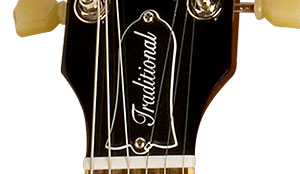
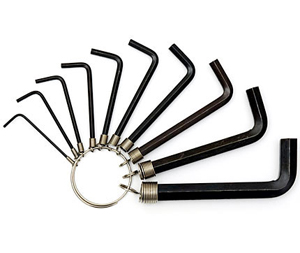
Peter
September 30, 2011 at 1:40 am (14 years ago)This is the clearest ‘how to’ on truss rods I’ve come across. Which frets to use, and which fret to measure at, using either a rough gauge (pick thickness) or a specific gape thickness for those of us with feeler gauges, gives me the confidence to try my hand at an adjustment that, quite frankly, was a bit too scarey for me in the past. Thanks!